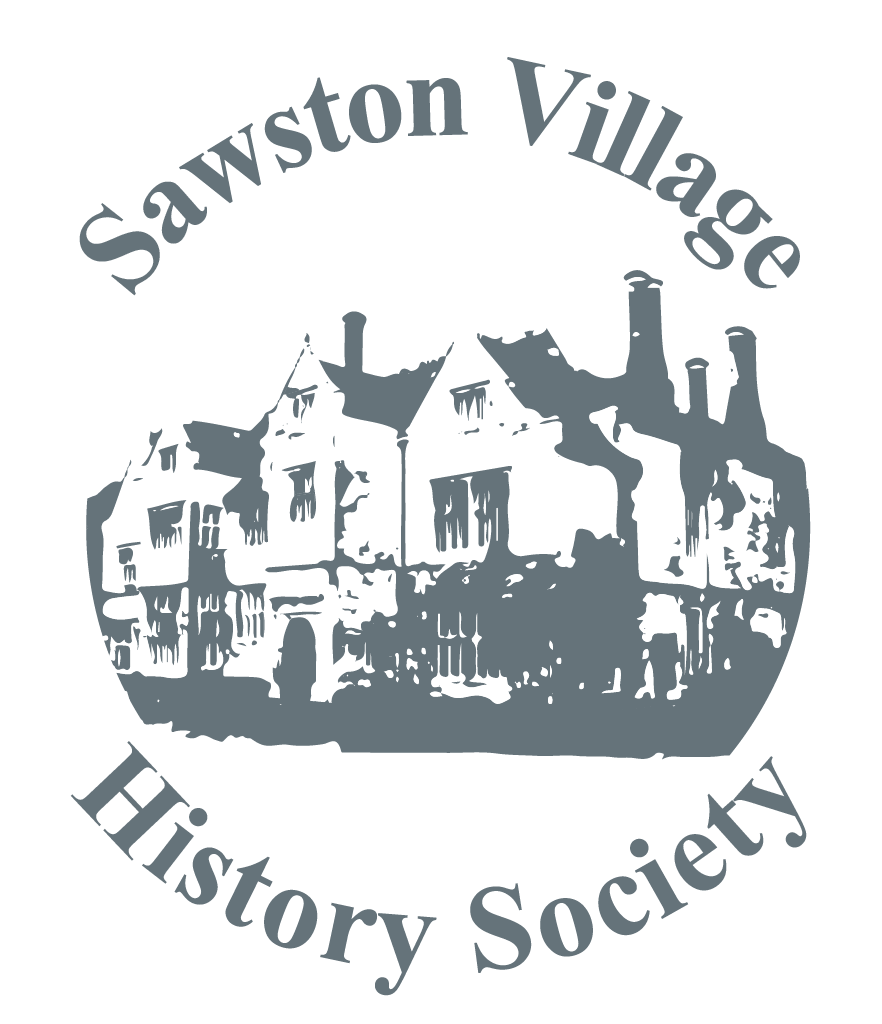
As an interesting and colourful prelude to the splendid Christmas buffet provided by Society members, Susan Mathews gave a fascinating illustrated talk on the history and exhibits of the Stained Glass Museum, now housed in the south triforium of Ely Cathedral. This is accessible from the nave by a narrow winding staircase.
This collection grew from the recovery of stained glass windows from redundant churches and led to the founding of the museum in 1977. Initially this collection was housed in the north triforium of the Cathedral, but in 1995 fell foul to the HSE who roundly condemned the fire and electrical safety aspects, so it had to close. However they do say that God moves in mysterious ways, and whether through divine intervention or not, enough cash (around £530000) was raised through the Lottery Fund and other sources to create a superb new home and shop on the south triforium. This entailed making a temporary bridge across the nave so that the collection could be transferred from north to south. The new museum was reopened in 1997 and formally reopened by Prince Charles in 2000.
There are now over 100 exhibits on display in illuminated cabinets illustrating 800 years of this art, and with “e slides” we were able to see an excellent selection of some of the more notable items.
In the medieval period most of the stained glass was made in Normandy and the Rhineland and imported as coloured glass, which was then suitably cut to make figures. The colour of the glass was chosen by the incorporation of appropriate transition metal oxides to give the required colour:
• iron – green;
• copper – blue;
• manganese –pink;
• chromium – green;
• cobalt –deep blue
These were put into the silica, chalk and potash mix used to make the glass. This was fused to about 650°C then poured into sheets. The individual sheets were then cut to required shapes and fitted together a bit like a jigsaw puzzle, with lead beading around each piece to bind it to the neighbouring piece. A further refinement was the use of silver stain to give a yellow colouration as in Mary’s hair in the piece described in the next paragraph.
As a result of the Reformation and the iconoclastic attitudes towards images of holy figures, especially in the 16-17th century, stained glass making suffered a decline and was not revived until the mid 19th century when Pugin and Hardman led the Victorian Gothic revival culminating in a spectacular show of 25 new stained glass works at the Crystal Palace Exhibition in Hyde Park in 1851.
As this was the Christmas season Susan had selected some examples on this theme, one of the most striking was a superbly restored 1340 depiction of a blonde Mary being told by Archangel Gabriel that she was going to be the mother of God’s child. She was in a window to the right of an accompanying piece showing Gabriel sternly imparting the news to a startled Mary (blimey, who wouldn’t be!). There were also some other pieces on the theme of the Annunciation, one of the most striking being that made by John Hardman Powell in the Victorian Gothic revival style. Another notable piece was of a feathered angel with much yellow silver staining which was taken from a Norfolk church. Another early, blonde female figure from around 1450, probably Mary, was also from Norfolk, again with yellow silver staining with somewhat suspiciously made up eye lids, surely not mascara!
There were also examples of works by the early 20th century British group based at the London “Glass House” in Fulham which included Evie Hone and Margaret Aldrich Rope. This was founded by the woman’s suffrage campaigner Mary Lowndes in partnership with a stained glass craftsman, Alfred Drury.
The manufacture of stained glass is still very important but the very labour intensive manufacturing method remains practically unchanged since the 13th century. And contrary to popular belief, glass windows DO NOT creep with age so glass is not what has sometimes been erroneously called “super cooled liquid”.
As suggested, this last meeting of 2008 ended with the audience being invited to participate in the wide selection of items for the buffet.